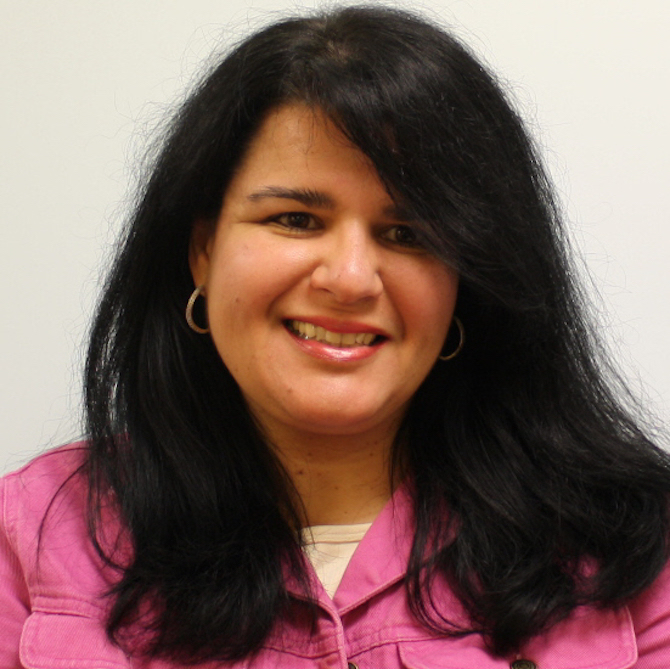
But without them, we can’t do all of these really cool things like split the atom, or build computers, or be able to talk to each other over the Internet,” Lopez says. You can’t see a derivative or an integral. The stuff we math people do, you can’t see. “I feel like a wizard, to be honest with you. And he finds it just as engaging as his other stops.

Now, using his degree from FIU, Lopez is beginning another career: mathematics. Army in Germany before busting his leg on a jump. In his 30s, he became a paratrooper for the U.S. In his 20s, he picked up a guitar, started a folk-rock band and moved to Nashville. While these tools are not by any means the only ones available to a portfolio manager and can also be used in combination with others (individual security picking using fundamental analysis, mutual funds or exchange-traded funds (ETFs) selection, momentum strategies, sector analysis, macroeconomic views, etc.), they do provide a powerful way to make one’s portfolio more efficient: experiencing less risk for the level of return being chased.Michael Lopez ’20 is a bit of a thrill-seeker. The Sharpe Ratio is also referred to as the “reward-to-risk ratio” because it consists of the return in the numerator and of the risk level (the standard deviation of the returns) in the denominator. A convenient measure combining both concepts is something called the Sharpe Ratio, in reference to William Sharpe and his Nobel Prize-winning work on the concept. The name of the game is to try to maximize the return while minimizing the risk or fluctuations in the portfolio. More bells and whistles can be added to the optimization, something described as “Modern Portfolio Theory.” The ultimate goal Such an approach is referred to as a Markowitz portfolio optimization, in reference to Harry Markowitz and his Nobel Prize-winning paper on the topic. This is often achieved using a computer program, but it can also be done using Excel, a tool that everyone has on their computer.

Armed with this information and by varying the weights/allocations of each element in the portfolio, one can create a portfolio that will minimize the level of risk given the targeted portfolio return. Instead of randomly mixing securities (“naively” diversifying), one can take advantage of the securities’ statistics: their average returns, their volatility (risk) levels, and their respective correlations. As a practical numerical example in order to recover from aĮssentially, the positive return needed to offset a negative one grows exponentially with the magnitude of the original decrease. Additionally, this asymmetry in the effect of negative and positive returns on the portfolio gets exacerbated with the magnitude of the fluctuations (r). Therefore, one must strive to minimize the risk level given the rate of return being targeted. This is simply because for any return of magnitude “r,” the value of one dollar experiencing this return in both directions will always be $1(1+r)(1-r) = $1(1-r^2) < $1 and will thus result in a loss. A typical example is the following: starting with a portfolio of $100, if one experiences a 50% decrease and a 50% increase in the portfolio (the order in which this happens does not matter), the ending portfolio value will be $75, in other words, a 25% loss! In order to recover from the initial 25% loss, a 100% gain would be needed. Still, in order to properly allocate the components of a portfolio, one must resort to a more optimal quantitative optimization.Ī reality of investing is the fact that a negative return in one’s portfolio will hurt the long-term gains more than the equivalent positive return will help it grow. "Naïve diversification" (randomly picking securities) already provides large benefits compared to holding only a handful of securities.Portfolio diversification requires precise quantitative tools.However, the question becomes: “how many eggs and of which types do you put in each basket?” “Do not put all of your eggs in one basket,” is a well-known saying. Most people intuitively know the value of diversifying an investment or a portfolio.

Brice Dupoyet The concept of diversification


 0 kommentar(er)
0 kommentar(er)
